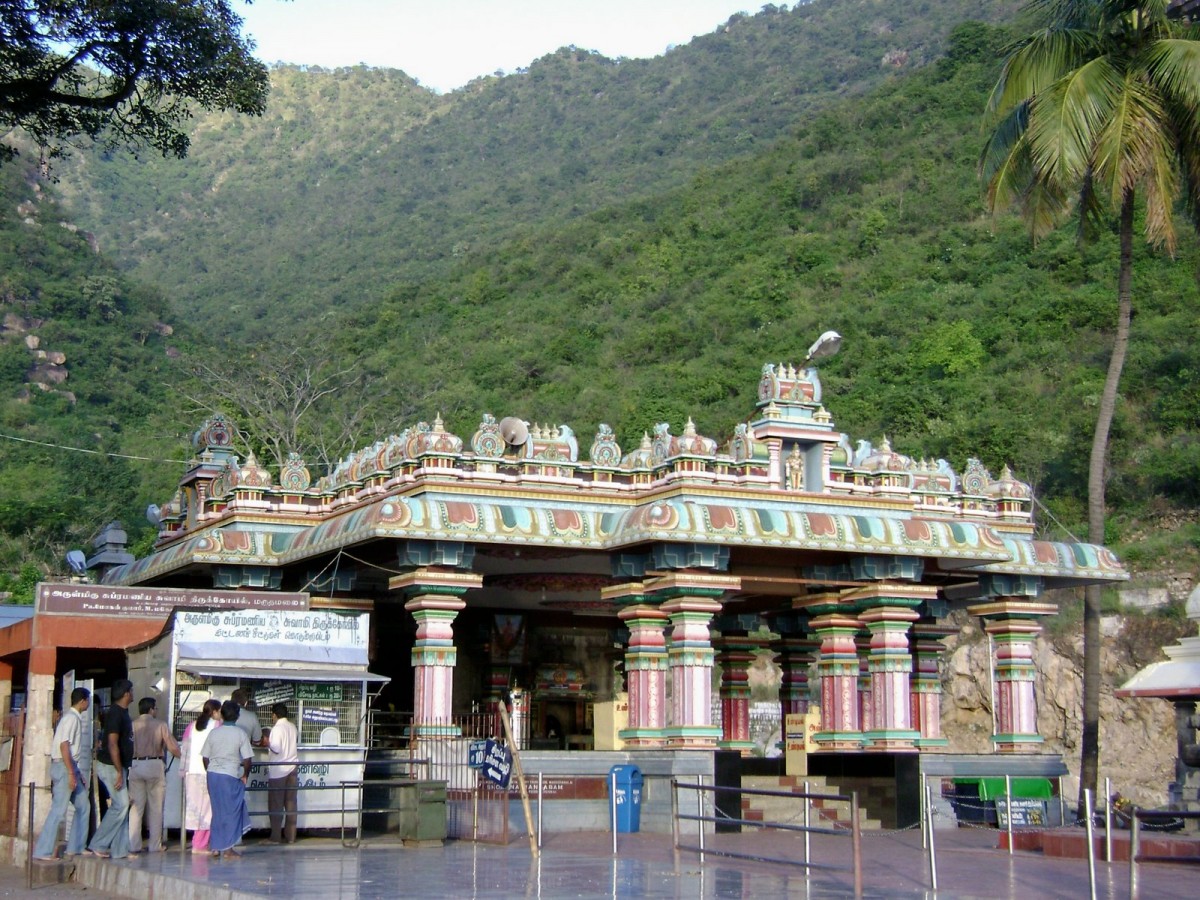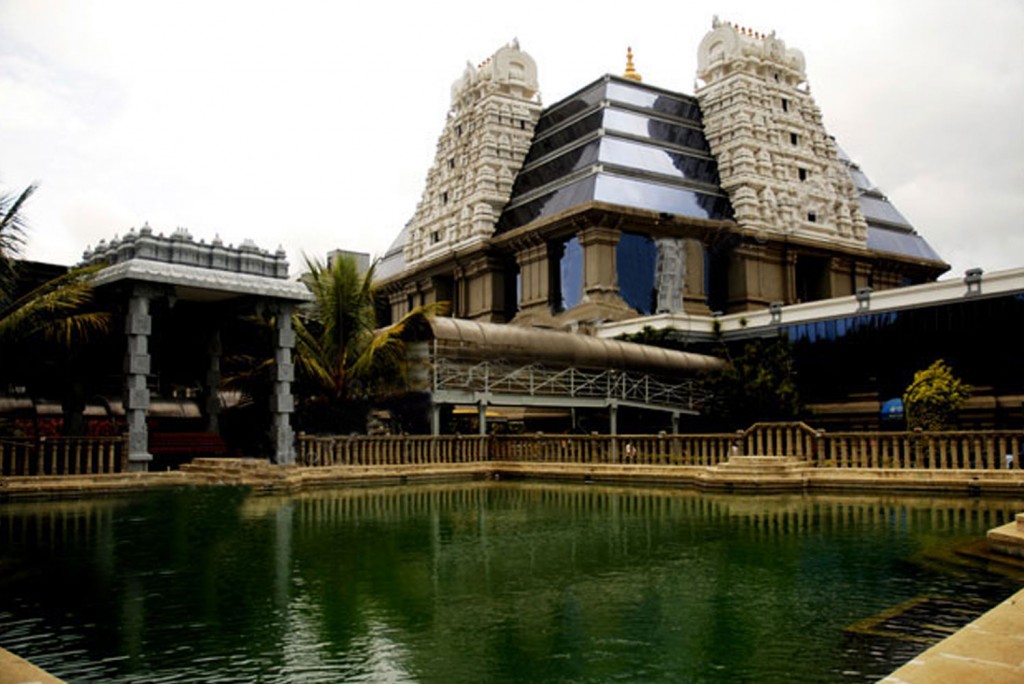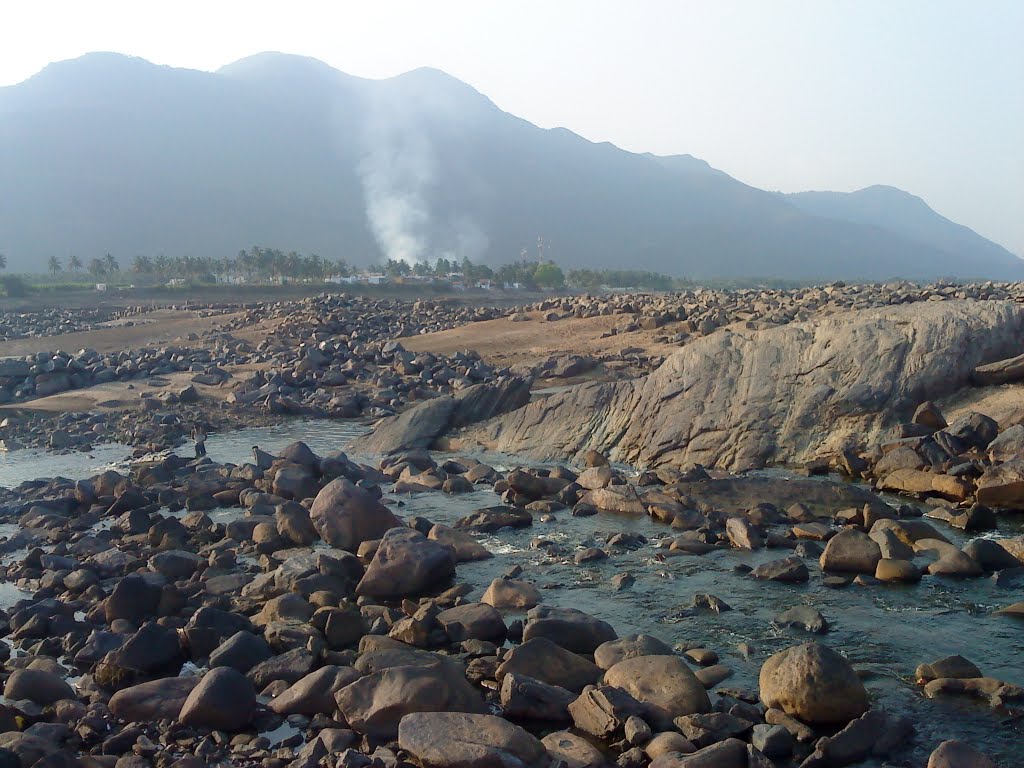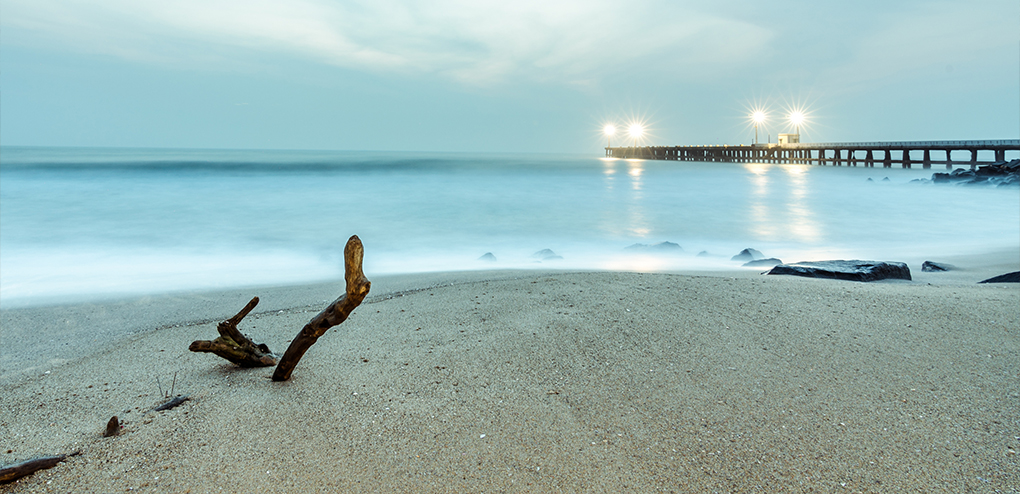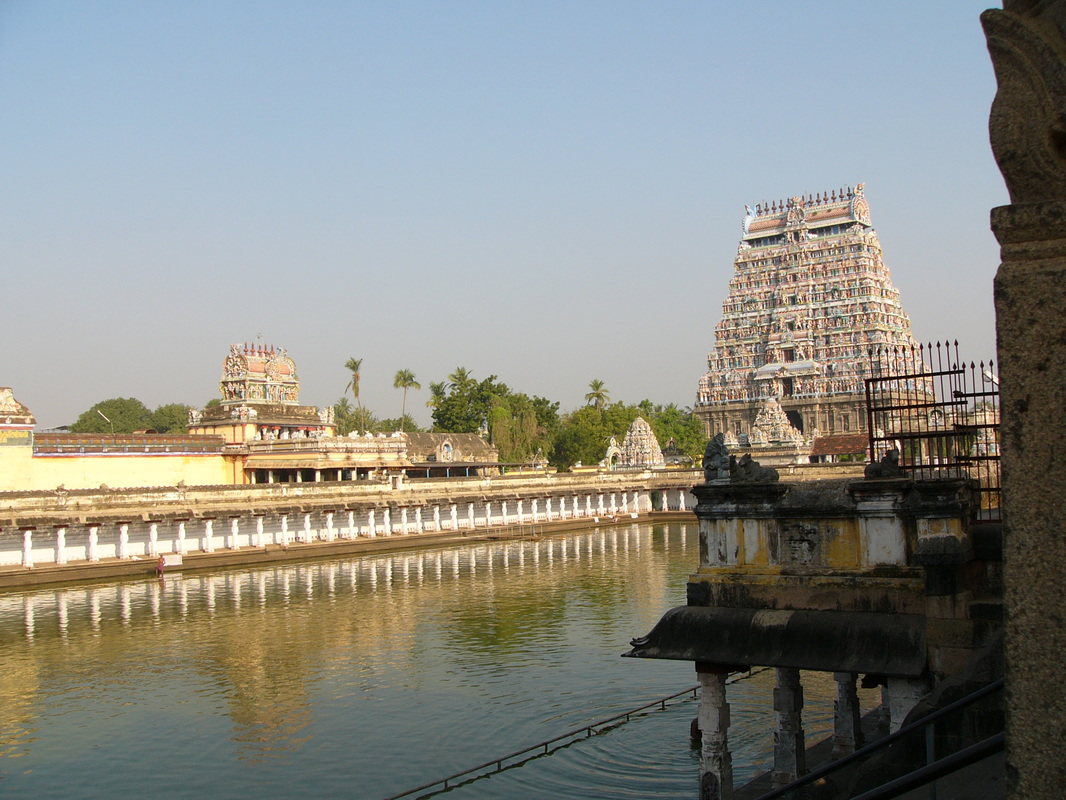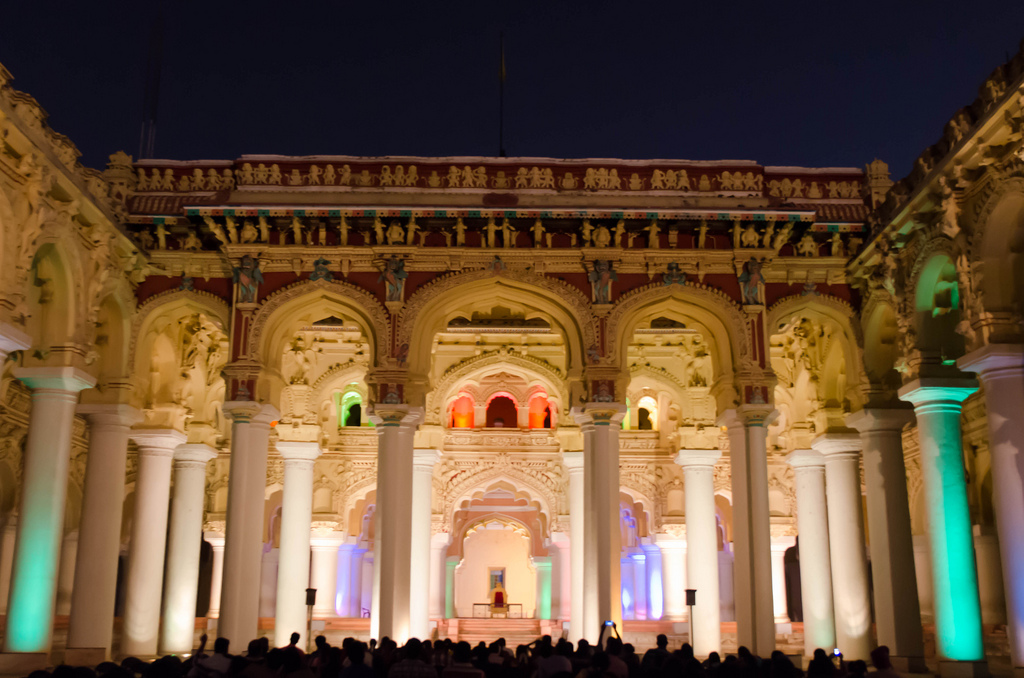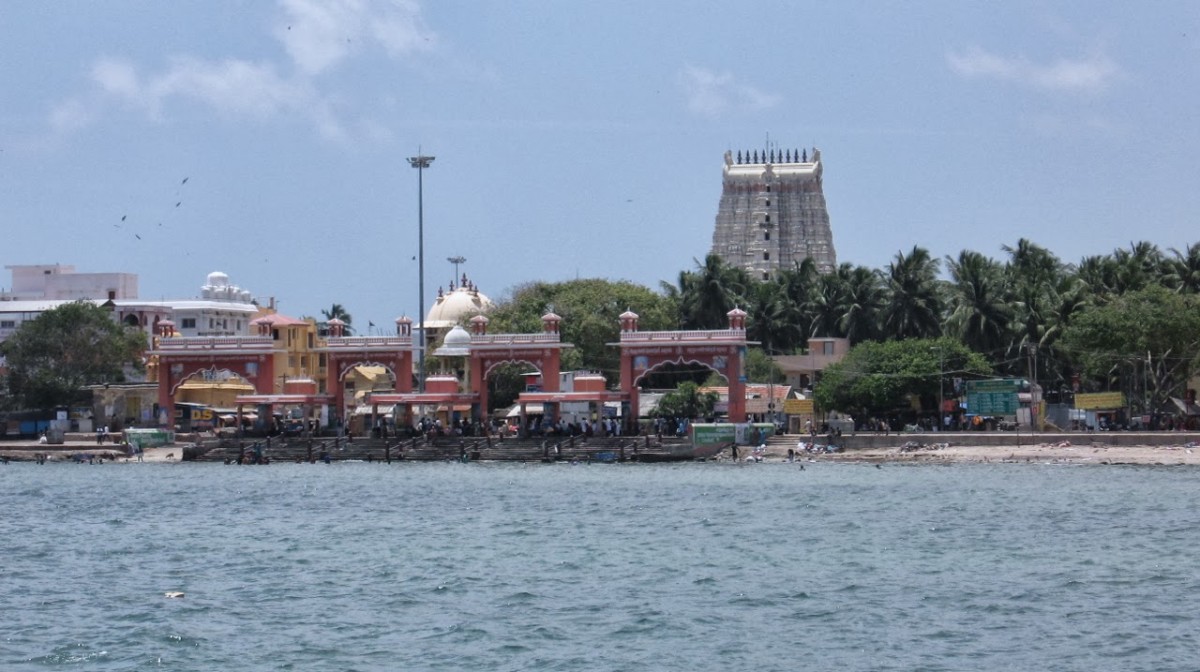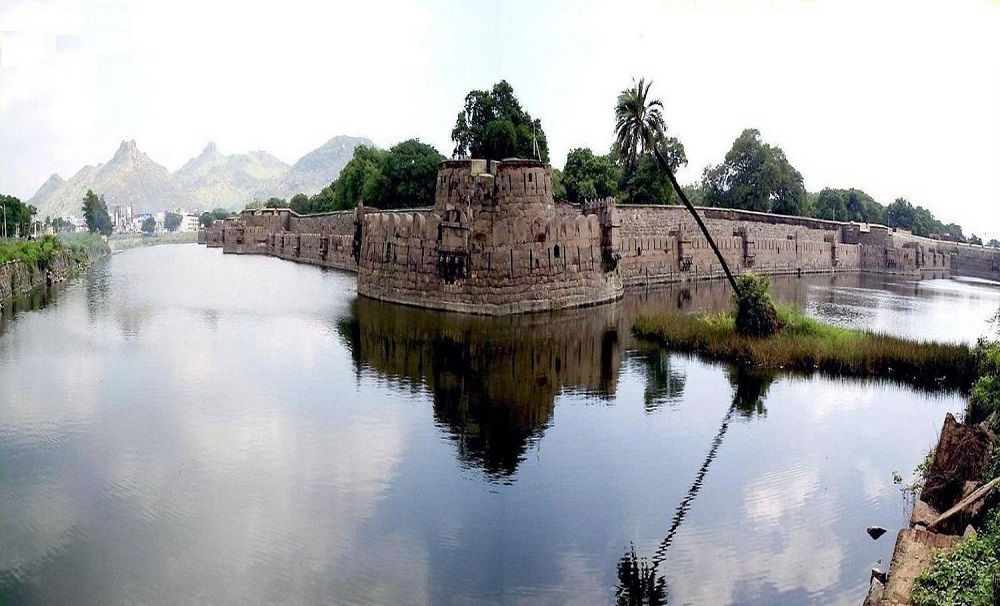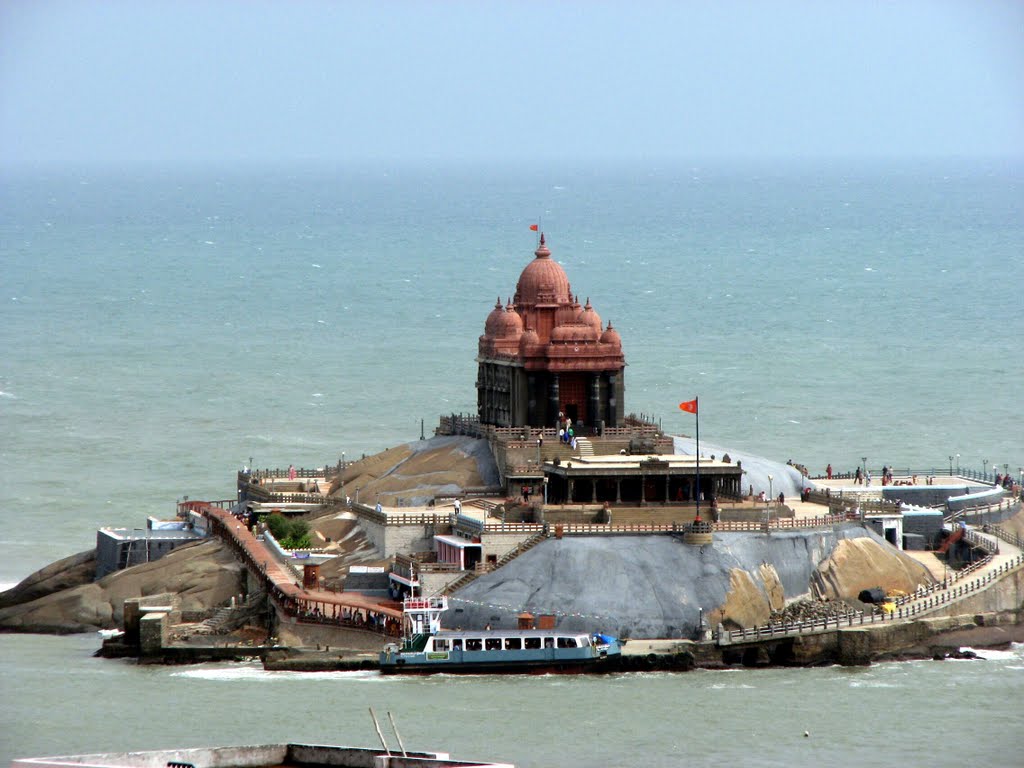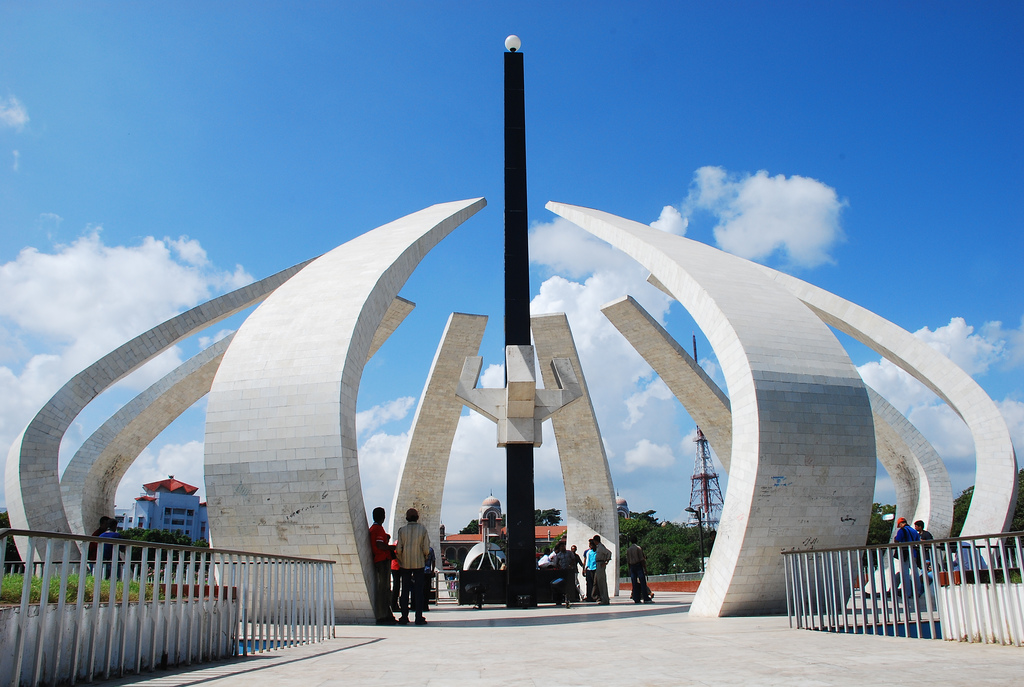
Chennai Tourism and Travel Guide
History: The region of Chennai was called Tondaimandalm in those days and had its military headquarters at Puzhal, which isChennai now a small and rather insignificant village on the outskirts of the city. Modern Chennai grew out of a small village when in 1639 a fishing hamlet called Madraspatnam was selected by early English merchants of the East India Company as a site for the settlement. Founded in 1639 on land given by the Raja of Chandragiri, the last representative of the Vijayanagar rulers of Hampi.
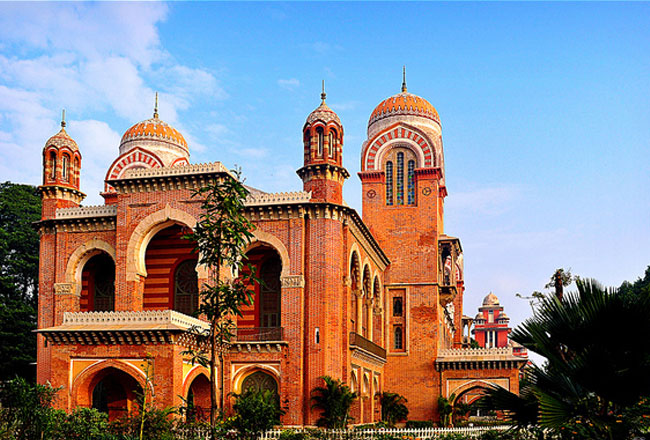
A small fort was built at a fishing settlement in 1644 and a town, which subsequently became to known as George Town, which grew in the area of fort St. George. The settlement became independent of Banten, Java, in 1683 and was granted its first municipal charter in 1688 by James II. It thus has the oldest municipal corporation in India, a fact which Tamil Nadu state governors are only too keen to point out at every available opportunity.
During the 18th and early 19th centuries, when the British and French competed for supremacy in India, the city’s fortunes waxed and waned. It was briefly occupied by the French on one occasion. It was used by Clive of India as a base for his military expeditions during the Wars of the Carnatic and, during the 19th century, it was the seat of the Chennai Presidency, one of the four divisions of British Imperial India.
After independence the city continued to be known by the name Madras until the government of Tamilnadu under the chief minister Mr. M. K. Karunanidi officially converted it to Chennai in 1997. other major metros of India, it is far less congested and polluted.
Chennai is noted for its delectable South Indian cuisine, so distinct from North Indian cuisine but equally famous and much sought after everywhere. From the idli, vada, and idiyappam to uppuma and dosa, Chennai provides delicious Chennaivariety for the taste buds. There are numerous vegetarian restaurants in Chennai serving simple meals where a thali lunch is served on a banana leaf to sumptuous spreads in the big hotels. One can also savour non-vegetarian Chettinad cuisine that is a specialty in Tamil Nadu and will be a delight for those who like hot and spicy non-vegetarian food. This type of food has several variations of fish, mutton, and chicken dishes of which the Chettinad Pepper Chicken is special.
Tamil Nadu, especially Chennai, is famous for its filter coffee as most Tamils have a subtle contempt for instant coffee. The making of filter coffee is almost a ritual, for the coffee beans have to be first roasted and then ground. The powder is put into a filter set and boiling hot water is added to prepare the decoction and allowed to set for about 15 minutes. The decoction is then added to milk with sugar to taste. The final drink is poured from one container to another in rapid succession to make the ideal frothy cup of filter coffee.
As Chennai is still a city absorbed in Tamil culture & tradition, the tradition reflects in the food of the Chennaites. Rice being the major staple food of the South Indians, Chennai is no exception. Riceforms an important ingredient of breakfast, lunch and dinner. Lunch or meals consist of cooked rice served with an array of vegetable dishes, sambar, chutneys, rasam and curd (yogurt). For a non-vegetarian lunch, curries or dishes cooked with mutton, chicken or fish is included. The meals are incomplete without crisp papads or appalam. Breakfast or tiffin

includes idly, dosai and lentils crisp fried on a pan, vada (deep fried doughnuts made from a batter of lentils), pongal (a mish mash of rice and lentils boiled together and seasoned with ghee, cashew nuts, pepper and cummin seed), uppuma (cooked semolinaChennai seasoned in oil with mustard, pepper, cummin seed and dry lentils.) There are several variations of the dishes mentioned above which are eaten with coconut chutney, sambar (seasoned lentil broth) and mulaga podi (a powdered mix of several dried lentils eaten with oil).
The Chennai cuisine has a variety of recipes. The menus are usually influenced by the menu of different people who have moved into Chennai from different parts of Tamil Nadu. Each ingredient in a dish has some medicinal value associated with it. On festival occasions, even today the traditional Chennai lunch is served on a banana leaf. It is an ancient Tamilian belief that the banana leaf has the ability to take away untraceable amounts of toxins in the food we eat.
The Chennaites also do not mind experimenting with their taste buds occasionally. The upcoming pizza centers and fast food joint explain it. Spices are added to give a distinctive taste. The Tamil style of Mughlai food can be savoured in the biriyanis and paya. The later is a kind of spiced trotters broth and is eaten with either parathas or appam.
How to reach Chennai by Air: Chennai is well connected to the world and most international airlines have flights to Chennai’s Anna International Airport. Domestic airlines operate daily flights to all major cities of the country from the Kamaraj domestic terminal near the international terminal. Both air terminals are located at Meenambakkom about 20 kms from the city.
How to reach Chennai by Rail: Chennai is the headquarters of Southern Railway, a division of Indian Railway. Chennai is connected to many cities and towns by super-fast and express trains. The city has two main railway stations.Chennai Central, which links north and west India and Egmore, which links south India. Chennai has a recently introduced local electric train network, MRTS (Massive Rapid Transport System) to connect different points of the city.
How to reach Chennai by Road: Chennai is well connected to all the major cities of India by a network of highways and Chennairoads. Most government bus services for Tamil Nadu and other states now operate from the newly opened Chennai Mofussil Bus Terminal at Jawaharlal Nehru Salai, Koyembedu.It is claimed to be the largest bus station in Asia. Inter state buses operate at regular intervals from Chennai. Many private operators are also available for domestic and interstate transportation. Pre-paid taxis and airport coaches are available at airports and railway station.
People
The majority of residents in Chennai are native Tamilians and descendants of settlers from different part of Tamil Nadu. There are also sizeable native Telegu and migrant Malayalee communities in the city. A regional hub since British times, other prominent communities are the Anglo Indian, Bengali, Punjabi, Gujarati and Marwari communities and people from Uttar Pradesh and Bihar. Chennai also has a growing expatriate population especially from the United States, Europe and East Asia who work in the industries and IT centres.
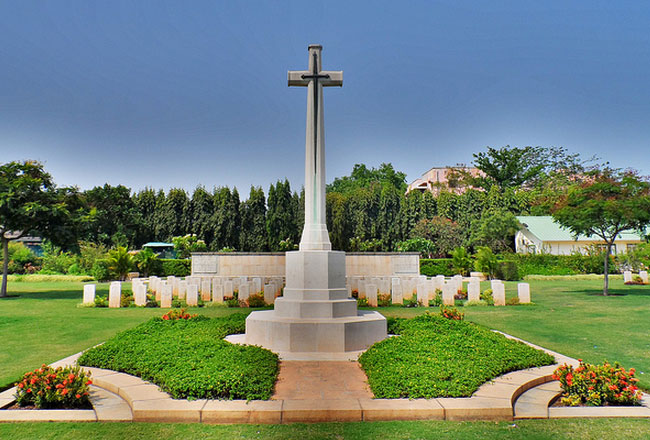
Tamil is the city’s first language. English is widely spoken, and is used almost exclusively in business, education and other white collar professions. Tamil spoken in Chennai uses English words liberally, so much so that it is often called Madras bhasai (Tamil for “Madras languge”). Other languages spoken in the city include Tamil Nadu Telugu, Malayalam, and Urdu and they contribute to the vocabulary of Madras bhashai as well.
Chennai celebrates a number of festivals. Pongal, celebrated in the month of January, is the most important festival of and is celebrated over a period of five days. Pongal has been designated the “State Festival” for its unique celebration that is typical of Tamil Nadu. Though a harvest festival it is still celebrated widely in the city. Tamil New Year’s day signifying the beginning of the Tamil calendar usually falls on April 14 and is celebrated widely. Being a cosmopolitan city, almost all major religious festivals like Deepavali, Eid and Christmas are celebrated here.
Culture of ChennaiChennai
Popularly called the “Gateway to the South”, Chennai culture is distinctly different from that of any other city in India. Being a cosmopolitan city, the culture of the city reflects its diverse population which has resulted in a unique blend. Though a modern city, it continues to be traditional and conventional in certain ways. Traditional music, dance and all other art forms of Tamil Nadu are very popular in the city. One can find a unique blend of culture from traditional foods to fast foods, from ancient temple architecture to modern high-rises and from classical music and dance to the growing nightlife in the city.
So, pack your bags and break the barriers because this is INDIA. Also, read some of the best blogs like Best Tours of India and Travel to India from the USA. Please also read some of our blogs like Travel Check List for India , Best Indian Snacks and Best Hotels in Rajasthan.

